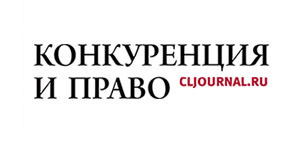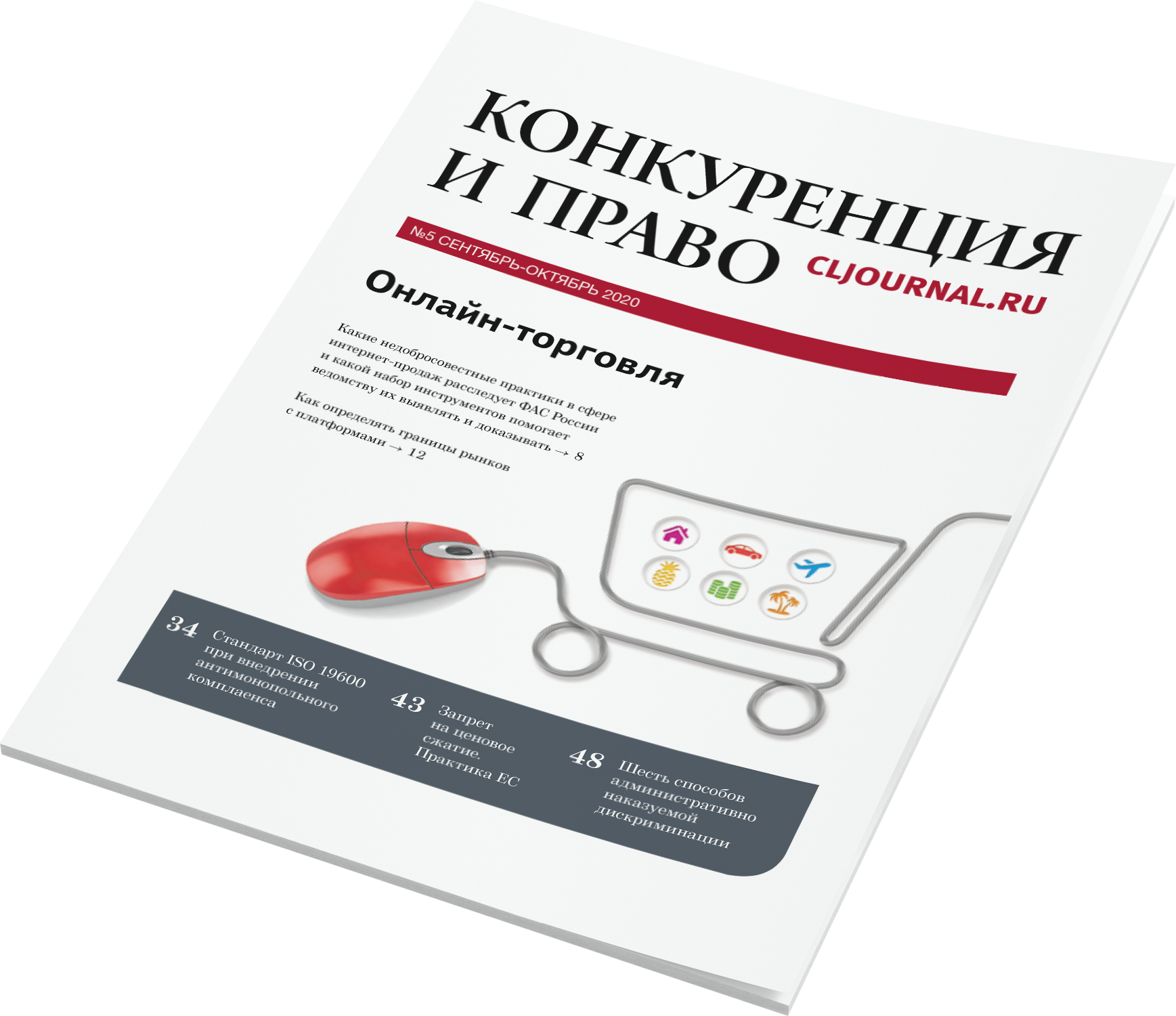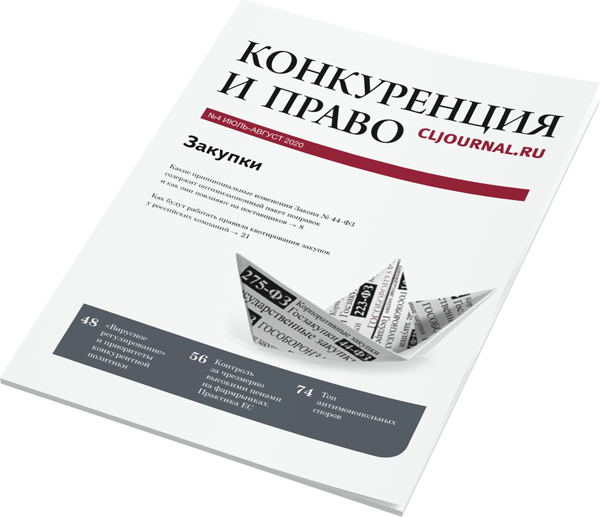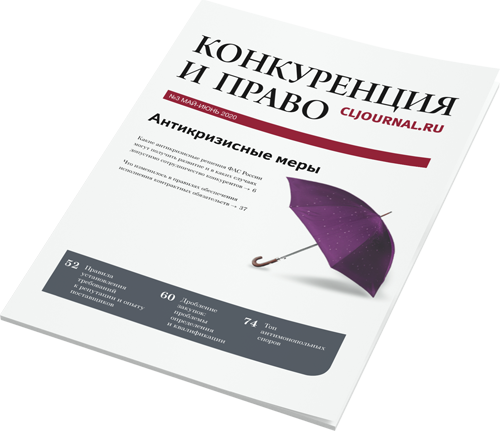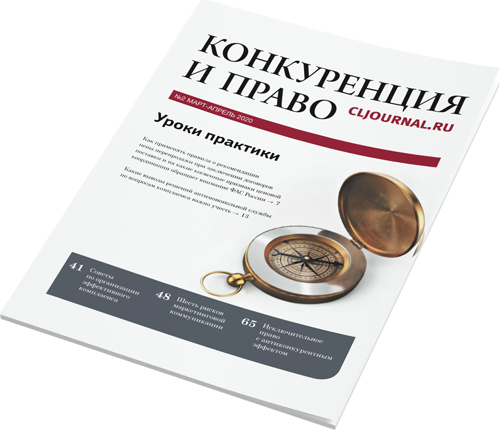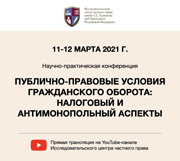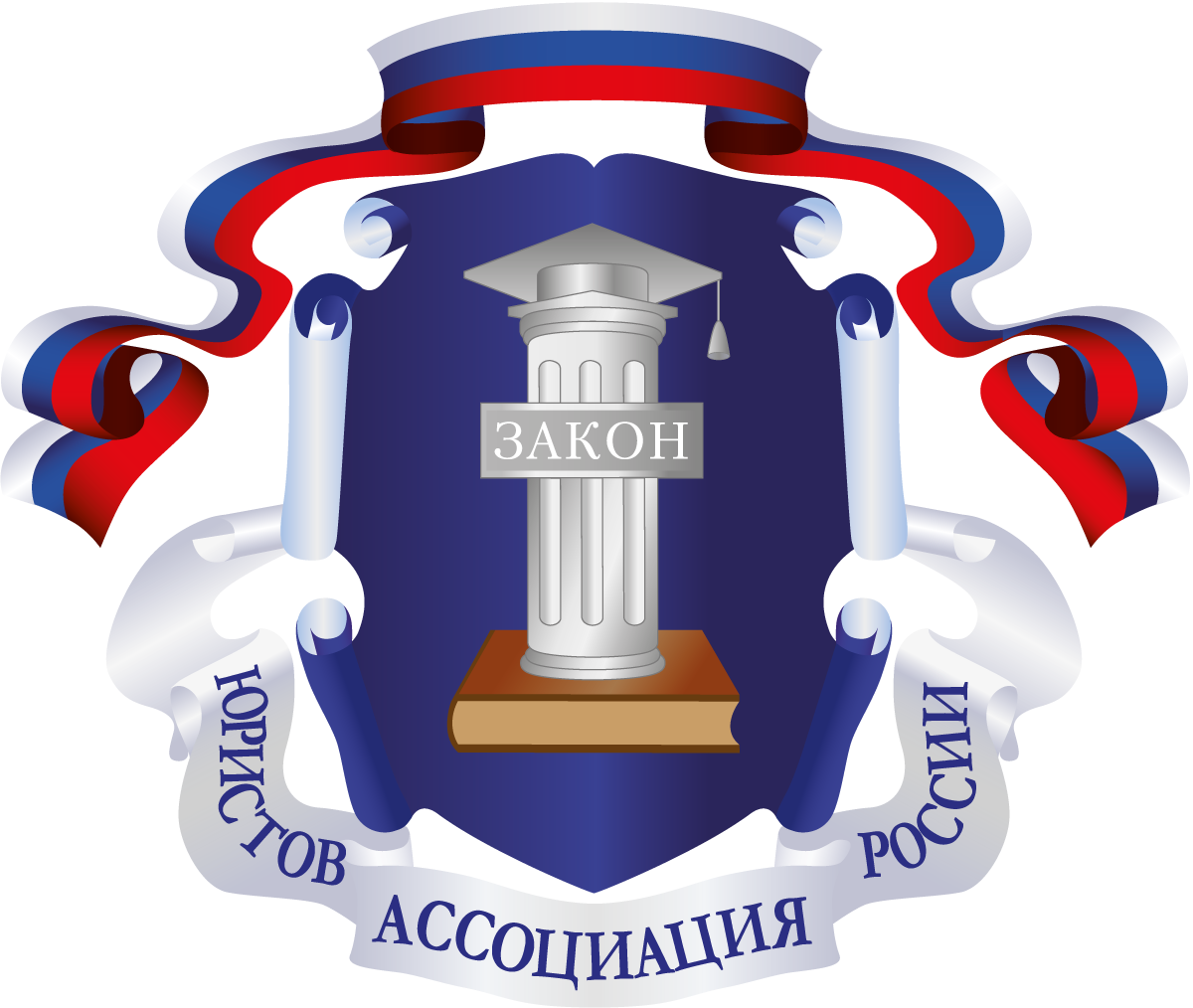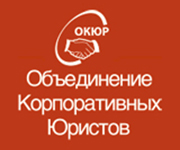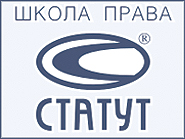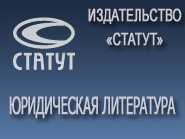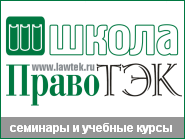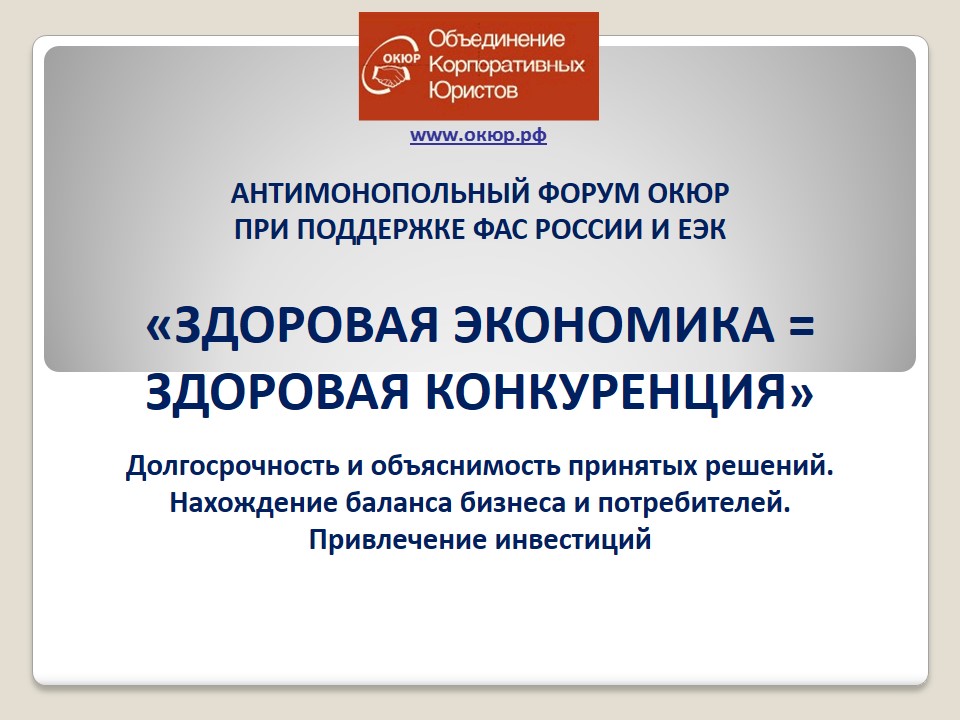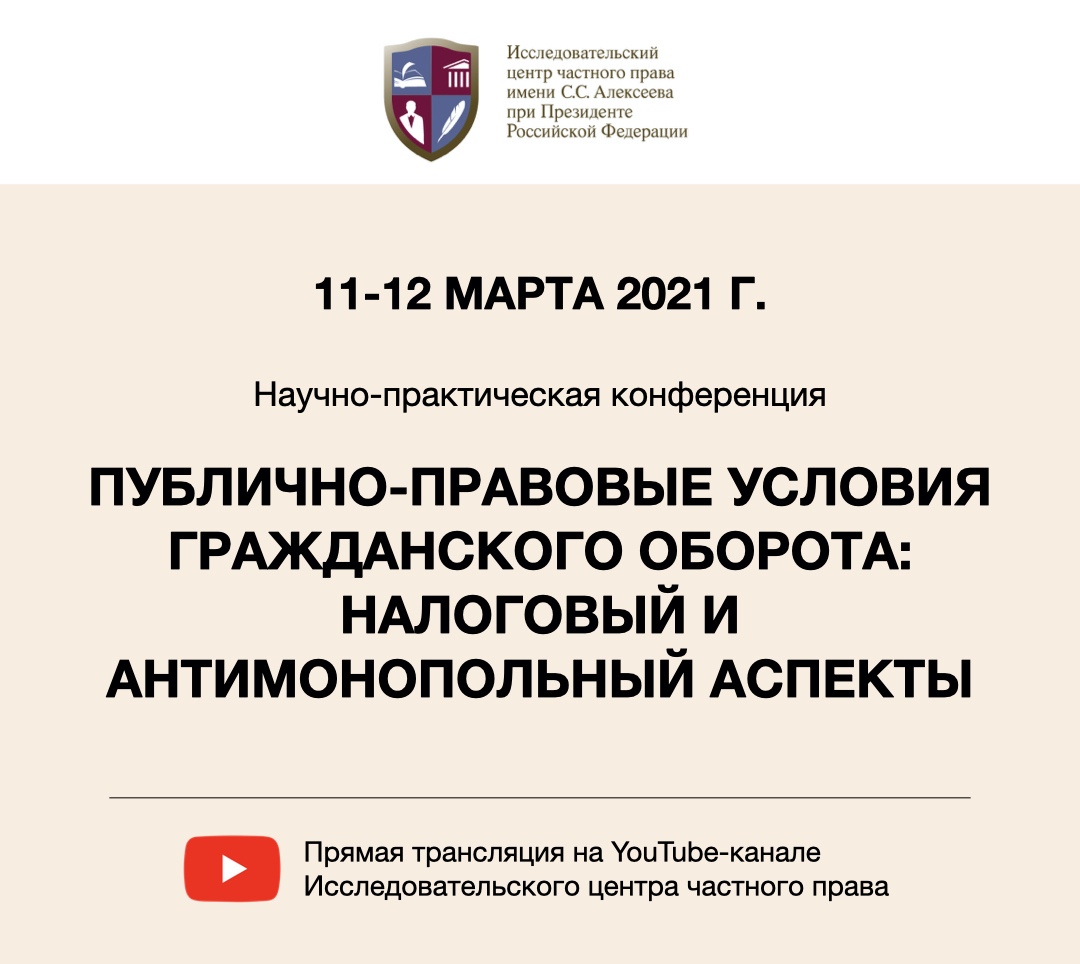|
||||||
 The Russian Ministry of Labour and Social Protection has published Guidelines for the identification and mitigation of corruption risks in the procurement of goods, work, or services to provide for state or municipal needs. These guidelines have been developed for entities involved in procurement activities in accordance with Federal Law No. 44-FZ “On the contractual system in the area of the procurement of goods, work and services to provide for state and municipal needs” dated 5 April 2013 and Federal Law No. 223-FZ “On the procurement of goods, work and services by specific types of legal entities” dated 18 July 2011, and are aimed at providing advisory and methodical support for entities holding events designed to identify and mitigate corruption risks. The guidelines have been prepared in pursuance of clause 16(b) of the National Plan for counteracting corruption for the period 2018–2020 (approved by the Russian President’s Decree No. 378 dated 29 June 2018). Please be reminded that all companies, irrespective of their forms of ownership, must develop and take anti-corruption measures (Article 13.3 of Federal Law No. 273-FZ “On anti-corruption activities” dated 25 December 2008 as amended by Federal Law No. 231-FZ dated 3 December 2012). The reduction of the level of corruption is a priority goal of anti-corruption policy. The Guidelines outline the principles on which a system for assessing corruption risks in procurement should be built in legal entities:
The Guidelines establish a detailed action algorithm for entities to prevent corruption in procurement. It is envisaged that the procedure for assessing corruption risks and taking measures to mitigate them should consist of the following successive stages:
The Guidelines contain a detailed description of each stage of the activities to be implemented by an entity to prevent corruption; in addition, they set out the directions of such activities as well as specific measures to be taken at each stage. The use by entities of these Guidelines is expected to result in the following:
It is recommended that the register of corruption risks and the plan to mitigate corruption risks should be published on the relevant entity’s official website in the Internet. A comprehensive implementation of the above measures should have a positive impact with regard to decreasing the number of violations in procurement processes and would mitigate the risks for an entity and its officers to be held liable for corrupt practices. 24 сентября 2020 г.
|
|

